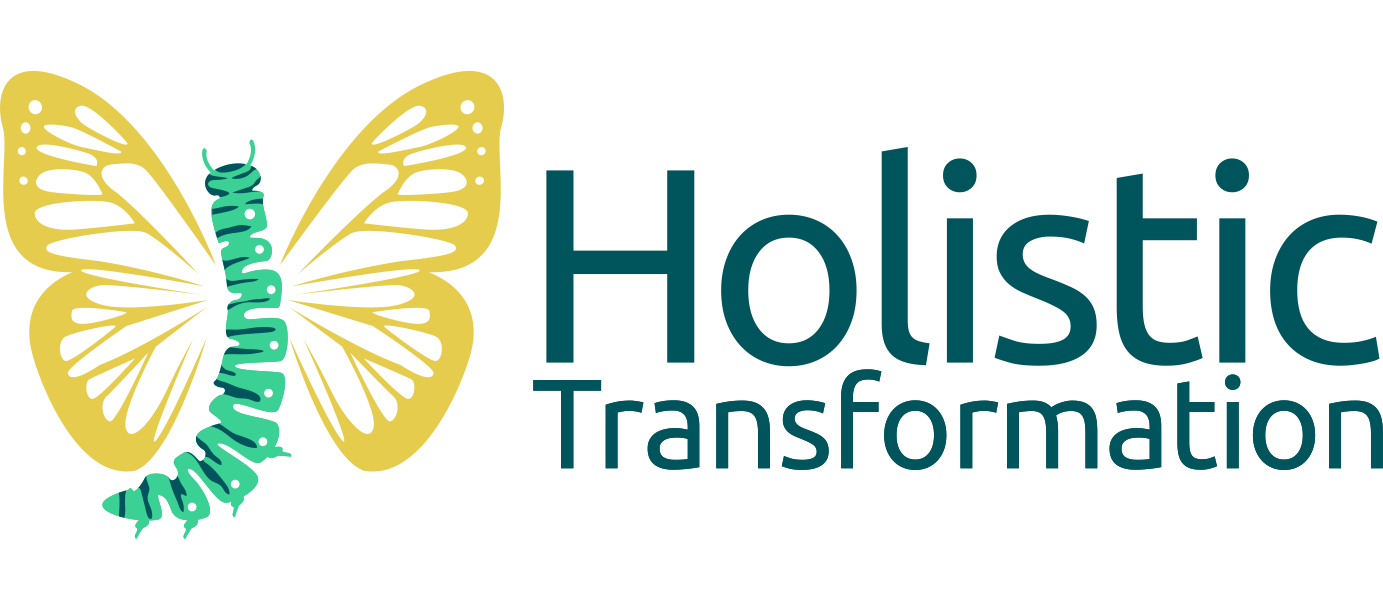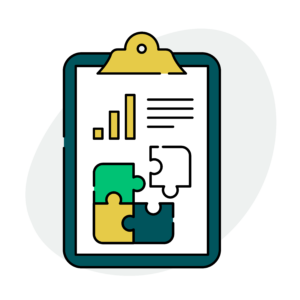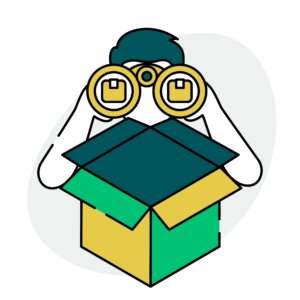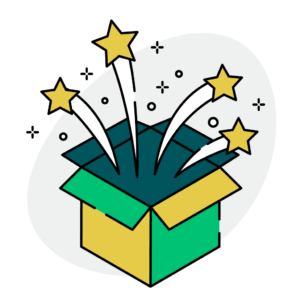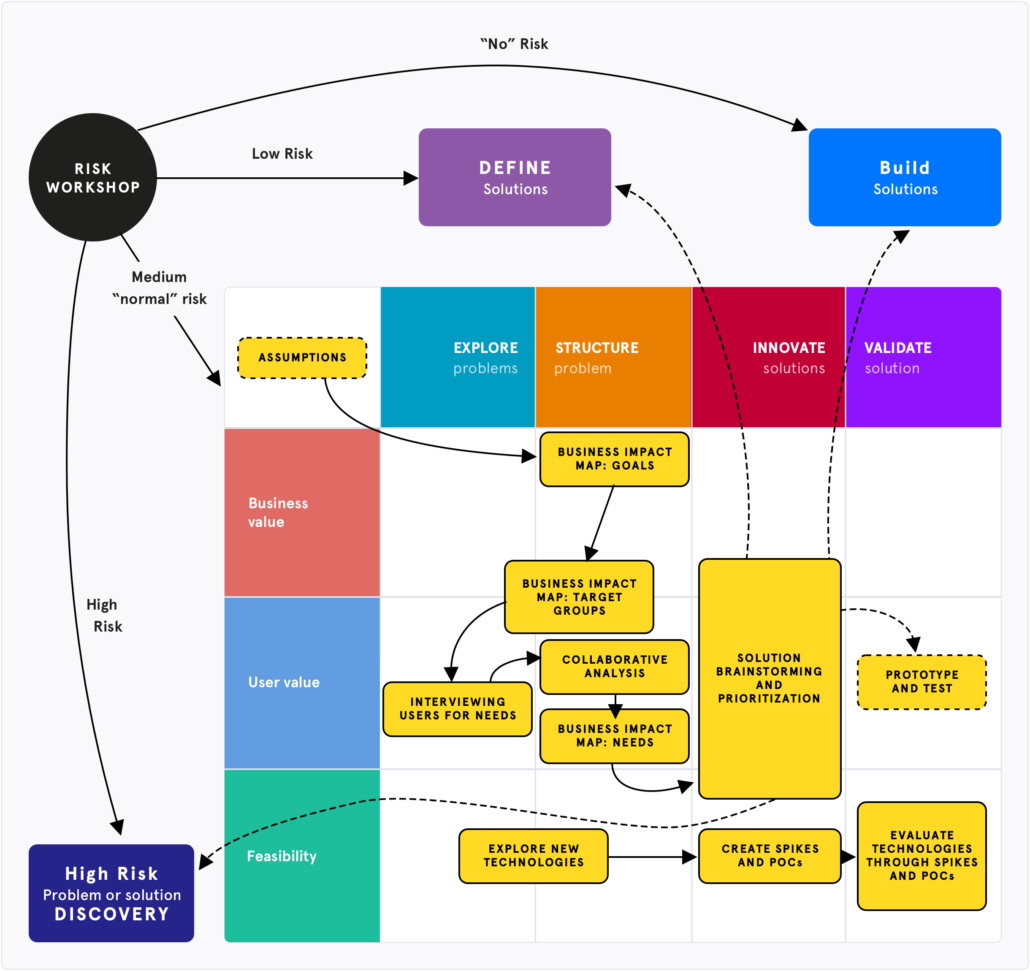Product Model Advisory
The best product companies operate differently from the rest. They have different product cultures but apply the same principles. One key principle is that the product teams in the companies are empowered with problems to solve and accountable for results, not outputs. This forms the basis of the Product (Operating) Model.
I give advice (to those who ask for it) for many topics, since I am fortunate enough to have seen and learnt many things throughout my career. When Marty Cagan presented his and his team’s take on a model that covers the key aspects of product development, I felt it encapsulated and highlighted my knowledge of the area. The step to calling oneself a Product (Operating) Model advisor and Product coach was not a big one for me, since I have already helped numerous organisations to take a more holistic approach when creating products and services.
The Product (Operating) Model is almost an anti-process, because there is no right way to create successful products. But, there are mindsets and principles. One key principle is that all individuals and all teams in a product-selling company are working on their products, regardless if they are “just” in the IT department or in HR. All of the organisation has to change their way of thinking about product development, to start seeing it as a great collaborative effort aiming towards a successful outcome for the organisation, the individuals within and the customers on the outside.
Apart from changing how you think in the organisation about product development, there are three more areas to cover to move towards the Product Model:
- Changing how you build things
- Changing how you solve problems
- Changing how you decide which problems to solve
The first one tackles the fact that however well you build your product, what matters more is how agile you can be when building and releasing. Principles of how to do this are listed under ‘Product Delivery‘ below.
The second one tackles the fact that it is easy to come up with ideas, but harder to know which ideas that are worthy of implementing. Principles how to do this are listed under ‘Product Discovery‘ below.
The third one tackles the fact that serving only the business will get you so far, what matters more is how you serve your customers. Principles how to do this are listed under ‘Product Strategy‘ below.
Since my experience differs a little bit from Marty’s, I have modified his original list of principles slightly, mainly adding the importance of good collaboration.
Product Strategy
- Keep focus on the huge impacts, say no to not worthy ideas
- Powered by insights to get serious about keeping focus
- Build transparency to build trust
- Make experiments to manage the risks
- Structure organisation for the wanted outcomes
- Improve collaboration to increase effectiveness and efficiency
Product Discovery
- Understand the problem and the solution to minimise waste
- Improve collaboration to increase effectiveness and efficiency
- Test ideas responsibly
- Continuously address risks to create the best impact and outcomes
Product Delivery
- Iterative and experimental thinking to increase feedback and lower risks
- Small, frequent, uncoupled releases to increase feedback and lower risks
- Evolutionary development to minimise waste
- Improve collaboration to increase effectiveness and efficiency
- Continuous integration and releasing to have agility / turn on a dime
- Continuous qualitative measuring, monitoring and telemetry to find outcomes fast
As part of my Product Model Advisory, I often run a training for the product organisation to convey the why’s behind the new way of working. Check out the Progressive Product Thinking training here.
